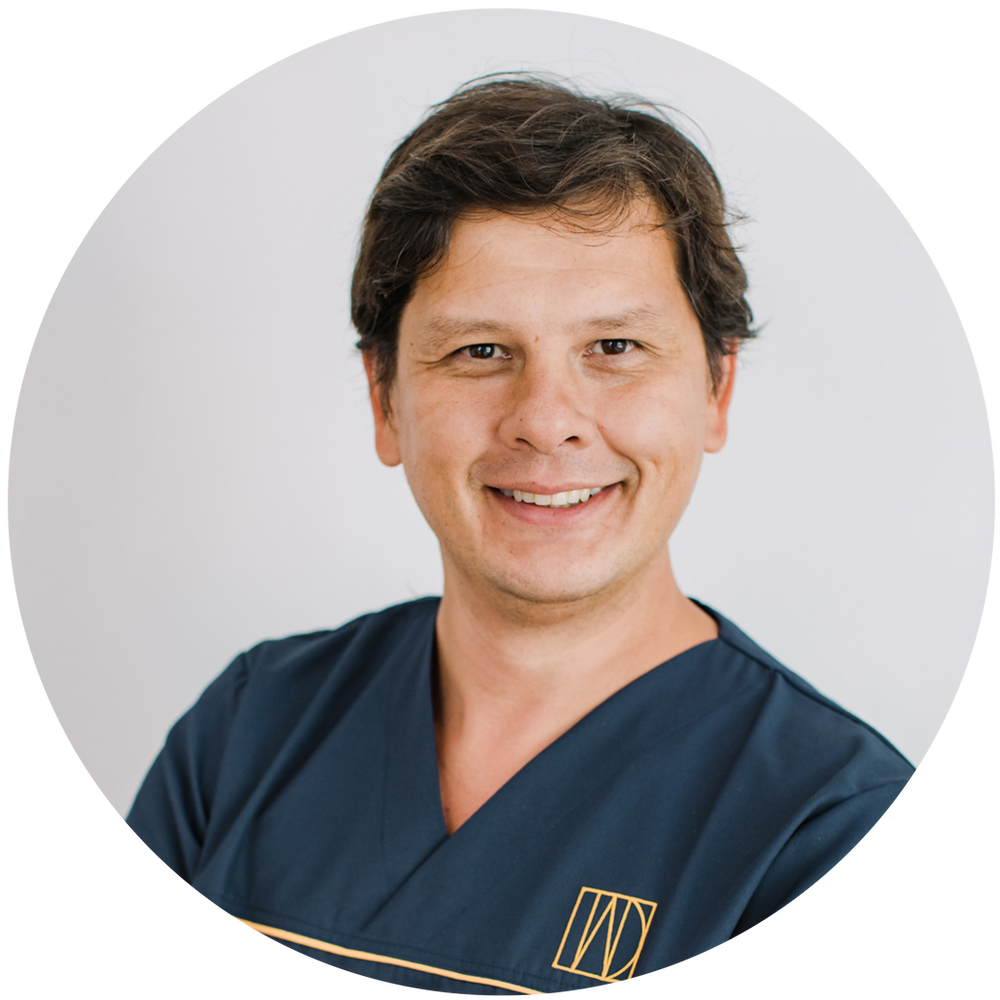“I’m too old to have metal in my body.”
- Andre Chen

- Aug 31
- 2 min read
“I’m too old to have metal in my body.”

An 85-year-old American patient, of Japanese descent, recently came to our clinic in Lisbon accompanied by her 86-year-old husband. They were exploring the possibility of relocating to Portugal and were impressed by the balance they found here — tradition and conservatism coexisting with innovation and modern healthcare.
The patient presented with several compromised teeth. Many had been endodontically treated years ago, but over time, complications arose: fractures, recurrent infections, and large apical lesions. She was very clear during our first consultation:
“I don’t want to go through endodontic treatment ever again.”
Considering the condition of the teeth and her wishes, the decision was made to proceed with extractions and implant-supported rehabilitation. When discussing implant materials, her response was immediate and unequivocal:
“Ceramic. I’m too old to have metal in my body.”
This experience reminded me of something important: treatment must always be tailored to the patient, not the other way around. Not everyone is a candidate for titanium implants, and within the right indications and scientific evidence, patients should have the autonomy to choose what goes into their body.
Respecting her preference, we planned and executed a treatment with ceramic implants, including both one-piece and two-piece systems. Healing was uneventful, and the treatment plan was fully adapted to her expectations and biological situation.
This case highlights several important clinical points:
Patient-centered care: Treatment should be tailored to the patient, not the other way around.
Material selection: While titanium remains the gold standard, ceramic implants are a valid alternative in selected cases, supported by growing evidence.
Patient autonomy: Within the limits of clinical indications and scientific evidence, patients have the right to choose the material placed in their bodies.
Beyond the material choice, this case also raises another important aspect of implant dentistry: the variability between fast healers and slow healers. This will be the focus of a future discussion.
Summer is ending and this blog is almost in the air !!
Andre




Comments